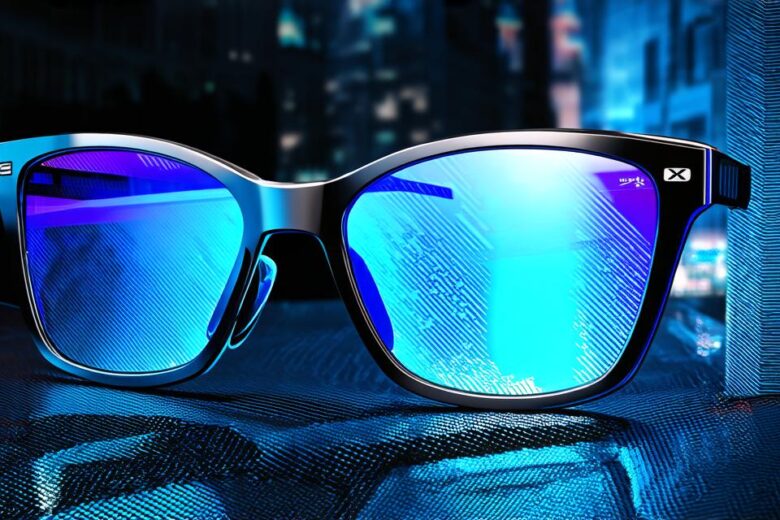Augmented reality (AR) technology has transformed various industries by enhancing user experience. The travel industry is one of them, as AR has revolutionized the way people explore destinations, interact with local culture, and make informed decisions about their trips.
What is Augmented Reality?
Augmented reality is a technology that overlays digital information on top of the real world. It enables users to interact with the physical environment and access additional information about it, such as maps, directions, and historical facts. AR can be accessed through mobile devices or specialized glasses, and its implementation varies across different industries, including travel.
How Augmented Reality is Used in Travel
1. Virtual Tours
Virtual tours are a popular application of AR in the travel industry. They allow users to explore destinations virtually without leaving their homes. By using a mobile device or AR glasses, users can take a virtual tour of famous landmarks, museums, and historical sites. These tours provide an immersive experience that allows people to see what they would see on a physical visit.
2. Wayfinding
AR has made it possible for travelers to navigate unfamiliar destinations more easily. Many cities have implemented AR wayfinding apps that use GPS data to provide users with directions and real-time information about the location they are in. These apps can also provide additional information about nearby attractions, restaurants, and accommodations.
3. Language Translation
AR technology has made language translation more accessible for travelers who do not speak the local language. Apps like Google Translate have added AR features that allow users to translate text in real-time by pointing their device at it. This feature enables travelers to read signs, menus, and other information without needing to learn a new language.
4. Luggage Tracking
AR technology has made luggage tracking more efficient for airlines and travel agencies. Airlines can use AR-enabled tags on luggage to track it in real-time. Travel agencies can also provide their customers with AR-enabled maps that show the location of their luggage at all times. This feature reduces the stress associated with lost luggage and improves customer satisfaction.
Benefits of Augmented Reality in Travel
1. Enhanced User Experience

AR technology provides travelers with an immersive experience that enhances their understanding of a destination’s culture, history, and attractions. It also makes it easier for travelers to navigate unfamiliar destinations and make informed decisions about their trips.
2. Increased Efficiency
AR has made various tasks in the travel industry more efficient. For example, AR-enabled wayfinding apps reduce the time it takes for travelers to find their way around a new destination. AR luggage tracking also reduces stress and improves customer satisfaction.
3. Personalized Travel Experience
AR technology allows travel agencies and airlines to provide personalized experiences for their customers. By using AR-enabled apps, customers can receive real-time information about nearby attractions, restaurants, and accommodations based on their preferences.
Conclusion
Augmented reality has transformed the travel industry by enhancing user experience, increasing efficiency, and providing personalized experiences. As AR technology continues to evolve, we can expect even more innovative applications in the travel industry.
